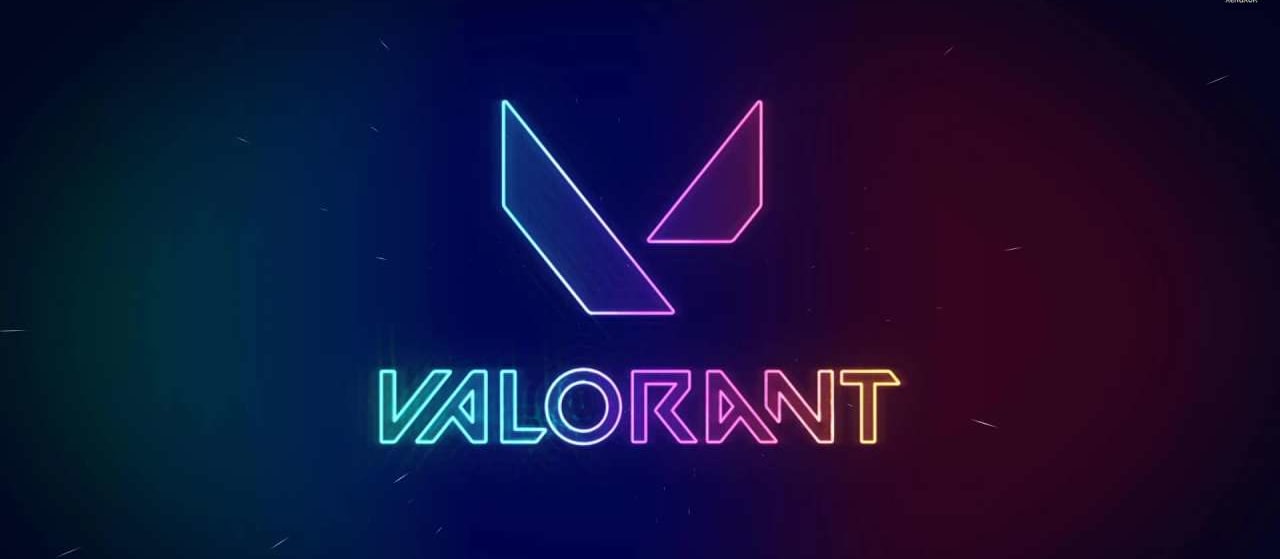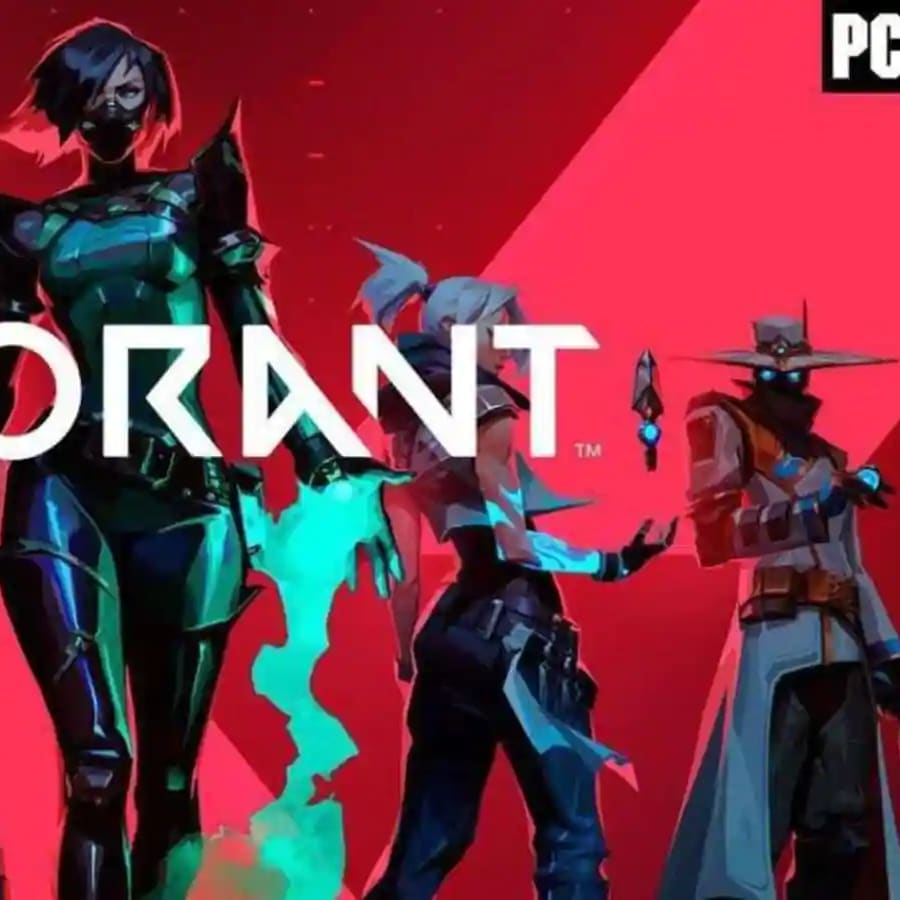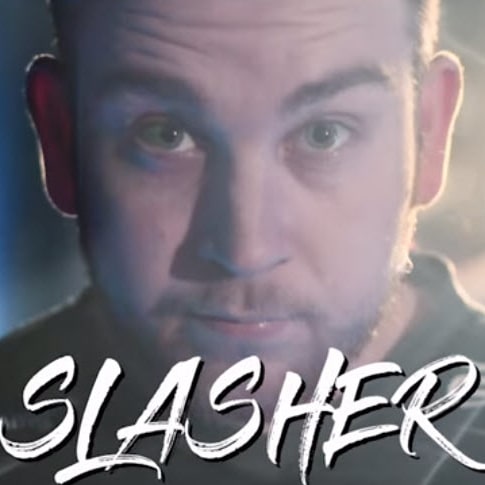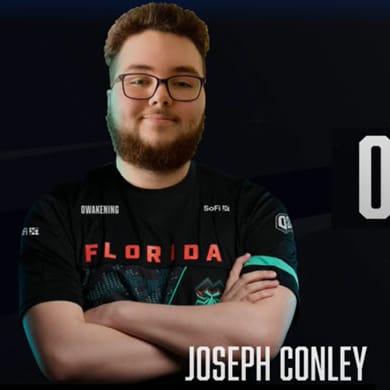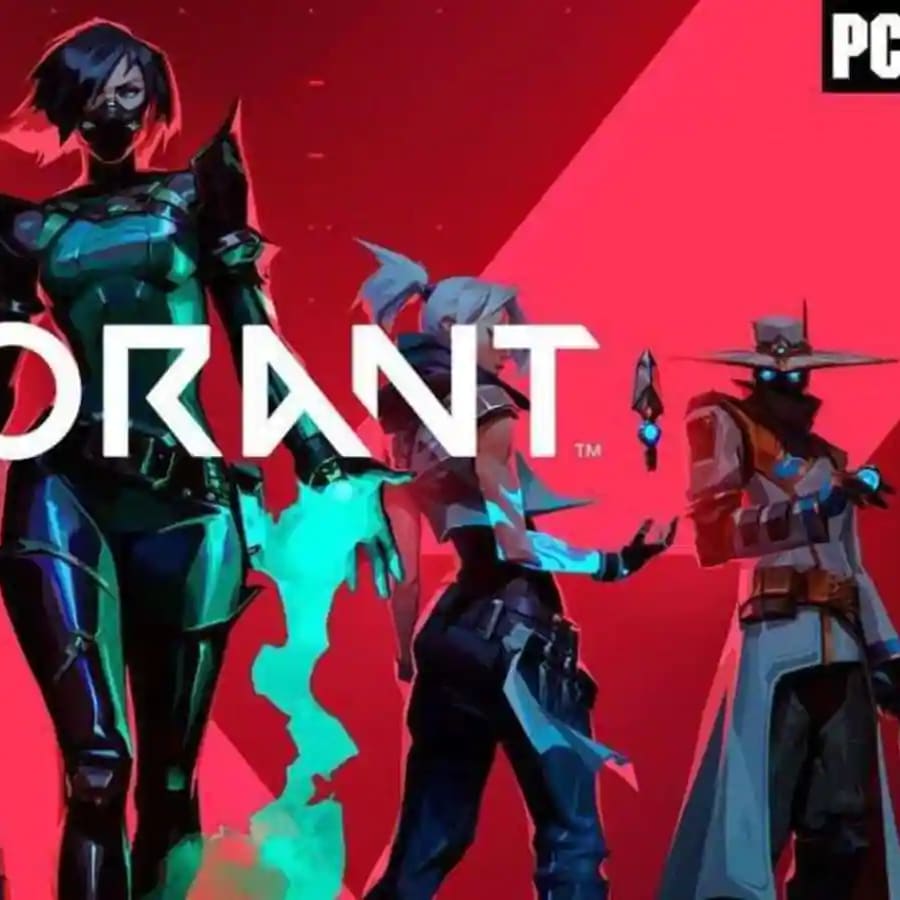DraftKings has brought VALORANT into the DFS world with VCT Masters: Reykjavik. While the game has the same general lay out as CS:GO, it has some key differences; consider it a hybrid between the League of Legends style of different roles and characters and the pure shooter of CS:GO. In VALORANT, teams pick five different agents, similar to champions. While any agent can get kills, certain agents excel in certain ways, the same way some champions and players are supports in League of Legends. You have a $50,000 budget on DraftKings to pick six players, including a captain who earns 1.5x fantasy points but also costs 1.5x their base salary.
The Scoring
DraftKings scoring for VALORANT closely mirrors that of CS:GO: you gain points for kills, assists, clutches and multi-kills, though there is the addition of points based on Average Combat Score (ACS). ACS is an in-game score determined by a players impact in the round with kills, and especially entry kills, being worth the most ACS, while damage done, assists, and planting and defusing the spike also add to ACS.
- Kills +2 pts
- Assists +1 pt
- Deaths -1 pt
- 1 v 2 clutch +1 pts
- 1 v 3 clutch +2 pts
- 1 v 4 clutch +3 pts
- 1v 5 clutch +5 pts
- Triple kill +0.25 pt
- Quad kill +3 pt
- ACS +0.02 pt
Similar to CS:GO there is a rounds not played bonus, and a match sweep bonus, to avoid punishing teams who win their matches quickly.
Strategy
VALORANT is nearly identical in its main premise to CS:GO: 5v5 with an attacking team trying to blow up one of two bomb sites and a defending team trying to stop them, or defuse the spike (the bomb) after it has been planted. Agents are the main difference in VALORANT as a game, and in DFS. Whereas in CS:GO some players have different roles, in VALORANT those supporting players are now actively on agents intended to be used more passively. On the flip side, certain agents excel at getting forward and picking up all of the kills. Look no further than the three best players in the world: TenZ, ScreaM and Derke, who all spend considerable time on Jett, Reyna and Raze. Those three agents present the core of the aggressive, high-scoring roles in VALORANT; think like an AD Carry in League of Legends. Similar to CS:GO with its AWP, VALORANT also has a sniper rifle that is a one shot kill, the OP (short for Operator). Just like CS:GO, teams tend to have a dedicated OP user who generally plays Jett due to her mobility, and also pick up some major fantasy points due to how strong the sniper rifle is.
When building your roster, you don't necessarily only need players from the winning team; there is room for dominant players on a loser. Unlike CS:GO, a player's agents will greatly impact their power on the map, so picking as many players who will be playing high-powered agents such as Reyna or Jett can be crucial. Support players, even on dominant teams, could put up abysmal numbers, as there are a limited number of points available per round and a support anchor player will rarely pull in a big haul. Stacking also tends to be extremely effective in VALORANT, as players such as TenZ and Shazam of Sentinels feed off each other and create space for one another; when both are on, they can put up monumental scores. Finding those duos who build each other up can be the key to VALORANT DFS.
VALORANT is new as both a game and daily fantasy sport, and it has plenty of potential to evolve as new maps and Agents are added to the competitive scene. While this isn't a comprehensive guide to VALORANT or VALORANT DFS, it is a good starting point. As always, if you have any questions, feel free to join our Discord Chat, which is available to all RotoWire subscribers.


